Introduction
Dental implants have a valuable role in restoring dental function. Amongst various factors that influence the long-term success of dental implants, stable peri‑implant soft and hard tissues are the most important ones. Early marginal bone loss (EMBL) of <0.5 mm within the first 6 months after prosthetic loading is an indicator of successful implants, on the contrary, radiographic bone loss >0.5 mm indicates more severe peri‑implant pathology.
Several factors such as surgical trauma, apico-coronal position of implant shoulder, submerged/non-submerged technique, biological factors, and prosthetic factors impact the MBL, and peri-implant soft tissue phenotypes all influence the aesthetics and hard-tissue stability.
Aim
To ascertain the bone changes around equicrestal and subcrestal implants, and to analyze the effect of abutment height [short abutments (SA < 2 mm) and long abutments (LA >2 mm)] and the three components of the peri‑implant soft-tissue phenotype.
Patient Profile
- Partially edentulous patients (n=26) who required either two adjacent implants of either posterior maxillae or mandible.
Methods
Study Design
- A clinical study
Treatment Strategy
- Overall, patients received 71 implants placed as per the supracrestal tissue height (STH) in an equicrestal (n =17), shallow subcrestal ≈1 mm (n =33), or deep subcrestal ≈2 mm (n =21) position
- Rehabilitation was completed after 3 months using metal-ceramic crowns on multi-unit abutments of 1.5 mm, 2.5 mm, or 3.5 mm in height, depending on the prosthetic space and STH.
- Patients received anti-inflammatory medication and used a spray with 0.12 % chlorhexidine + 0.05 % cetylpyridinium chloride twice a day for 7 days.
- The sutures were removed after 7 days and patients were followed-up further for 1 and 2 months post-surgery. The final metal-ceramic crowns were fitted on the multi-unit abutments after radiographic verification of the structure after a gap of 2-3 weeks
Assessments
Longitudinal clinical parameters [STH, mucosal thickness, and keratinized mucosa width (KMW)] and radiographic data (bone remodeling and MBL) were collected at 3, 6, 12, and 24 months, post-surgery.
Results
- A total of 43 implants were placed in the maxilla (60.6%) and 28 in the mandible (39.4%). The implant depth with regards to the buccal cortical bone was as follows: equicrestal position: 17 implants (23.9 %), SC≈1 mm position: 33 implants (46.5 %), SC≈2 mm position: 21 implants (29.6 %).
- With regards to height of the abutment placed; 25 abutments of 1.5 mm height (35.2%), 31 abutments of 2.5 mm height (43.7%), and 15 abutments of 3.5 mm (21.1%). The abutment height was categorized as SA: <2 mm height (35.2%), and LA: >2 mm height (64.8%).
- The mean STH at the beginning of the study (T0) increased from 2.9 ± 1.2 mm to 3.7 ± 1.2 mm at 6 months (T1) (mean increase: 0.8 ± 1.4 mm). The STH gain was significantly greater around the implants placed in a SC ≈2 mm position (p=0.001). A deeper implant position thus created a significantly greater increase in STH. The mean change in bone remodeling after 24 months was significantly greater in the SA vs LA group.
- With regards to the mucosal thickness (MT), patients were categorized as: group with a thin MT phenotype <1 mm (44 implants; 62.0 %), and group with a thick MT phenotype ≥1 mm (27 implants; 38.0 %). The mean change in MT between T0 and T1 was 0.15 ± 0.53 mm and was statistically significant (p = 0.02).
- With regards to the KMW the mean keratinized mucosa band at T0 (4.1 ± 1.6 mm) decreased significantly in width at T1 by an average of 0.74 ± 1.33 mm (p < 0.001). KMW decreased significantly by 1.6 ± 1.8 mm after 24 months (T0-T4; p <0.001) The most significant decrease in KMW occurred from T0 to T1 and T1 to T2, with KMW stabilizing from T2 onwards.
- The bone remodeling differed significantly at 3 follow-up points, T0-T1 (F =2.55, p =0.04), T0-T3 (F =3.92, p =0.004), and T0-T4 (F= 6.06, P <0.001). Thus, placing implants at a greater depth led to increased bone remodeling, though abutment height played an important role in this remodeling.
- As per a multiple linear regression analysis, bone remodeling depended primarily on abutment height (β =-0.43), followed by crestal position (β = 0.34), and KMW (β = -0.22). MBL depended on abutment height (β = -0.37), and the patient’s age (β = -0.36).
- At 24 months postoperatively, the least bone remodeling was observed in the equicrestal implant group with LA (0.28 ± 0.44 mm), this result was significantly lower than that seen in the shallow subcrestal implants with SA (-0.49 mm, p = 0.02), and the deep subcrestal implants with SA (-0.63 mm, p = 0.01).
- The most bone remodelling after 2 years occurred in the SC≈2 mm with SA group (0.91 mm ± 0.26 mm), this result was significantly higher than that seen in the equicrestal implants with LA (0.63 ± 0.18, p = 0.01) and SC≈1 mm implants with LA (0.62 ± 0.17, p = 0.006).
- After 24 months the greatest change in MBL was observed in the groups of implants rehabilitated with SA, the changes being significantly different at all time points (T1–T0, T2–T0, T3–T0, and T4–T0). The largest change was seen in the SC≈1 mm with SA group (0.30 ± 0.27 mm), the same being significantly different from SC≈1 mm with LA (0.25 ± 0.05 mm; p =0.001) and the SC≈2 mm with LA (0.30 ± 0.06; p <0.001).
- Twenty-four months post-surgery, the tall STH with LA group had a significantly lower level bone remodeling (0.42 ± 0.47 mm) vs. the short STH with SA group (0.76 ± 0.25 mm; difference: 0.35 ± 0.11 mm; p = 0.01).
- After 24 months, patients with MT <1 mm and SA exhibited greater bone remodeling vs. the patients with MT < 1 mm and LA (0.35 mm ± 0.12 mm; p = 0.02) or the MT ≥ 1 mm with LA group (0.48 mm ± 0.12 mm; p = 0.001). Overall, the greater the MT, the lesser bone remodeling occurred, furthermore, within each group, use of a LA resulted in lesser bone remodeling than use of a SA.
Conclusions
- Abutment height was identified as the most powerful predictor impacting bone remodeling and MBL.
- Depending on the dimensions of the peri‑implant soft-tissue phenotype, placing the implants subcrestally may be a viable option to decrease bone remodeling and thus, reduce MBL
- Deeper implant placement was associated with increased bone remodeling, the same was also influenced by the abutment height, use of SAs (<2 mm) led to greater remodeling.
- The combination of a deep subcrestal (≈2 mm) implant position and LA (>2 mm) resulted in the lowest level of MBL.
- After 24 months, the implants placed in sites with a narrow KMW (≤2 mm) had greater bone remodeling than those surrounded by a wider band (>2 mm), this remodeling was inversely proportional to the abutment height.
J Dent. 2024 Sep;148:105264. DOI: 10.1016/j.jdent.2024.105264.


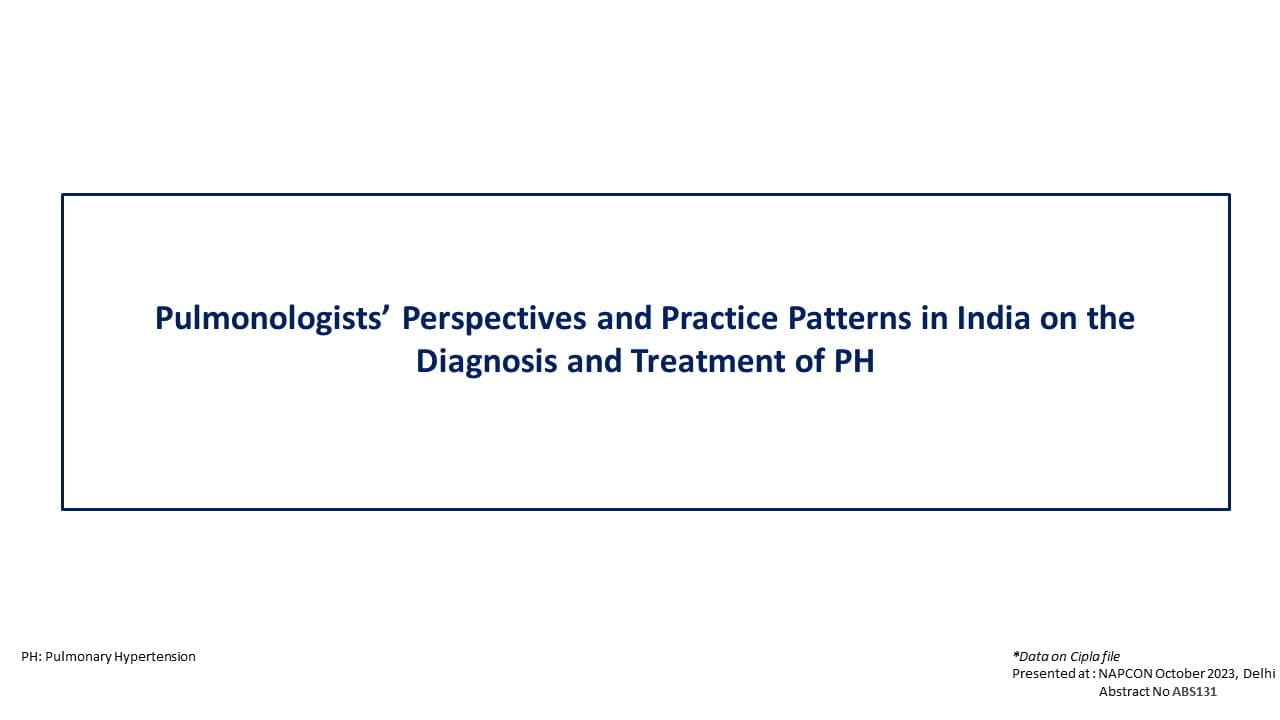
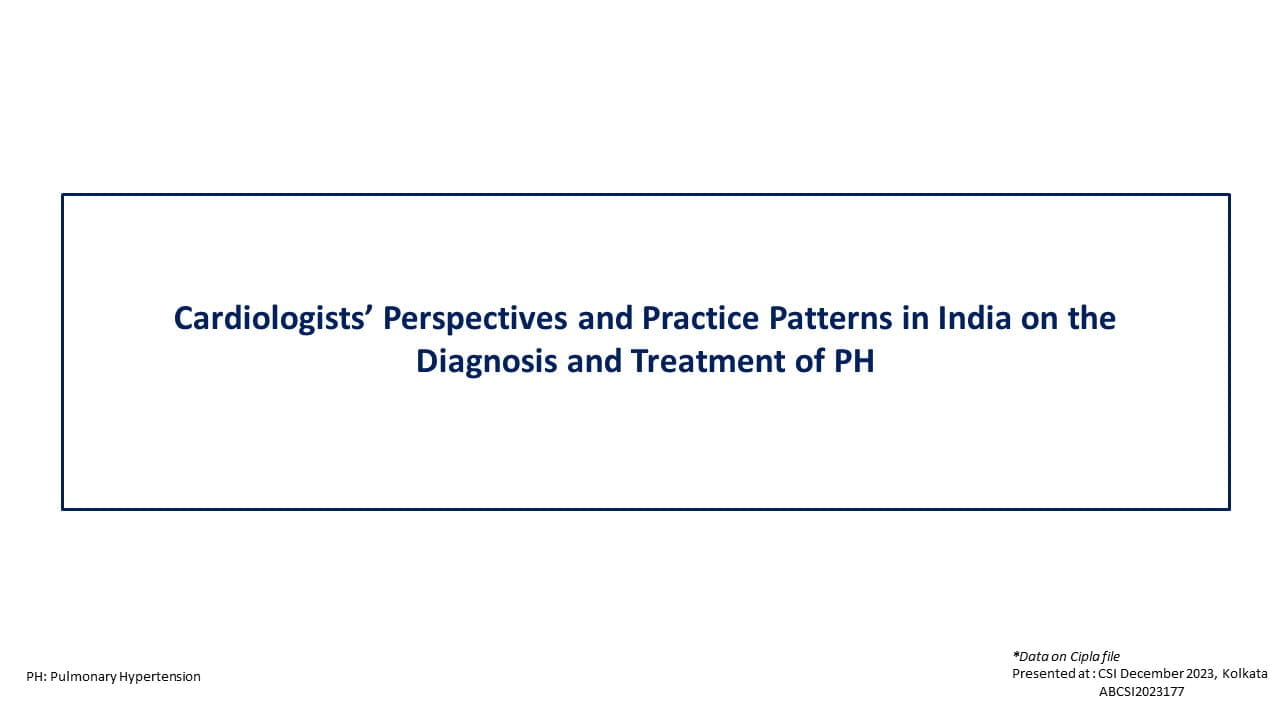
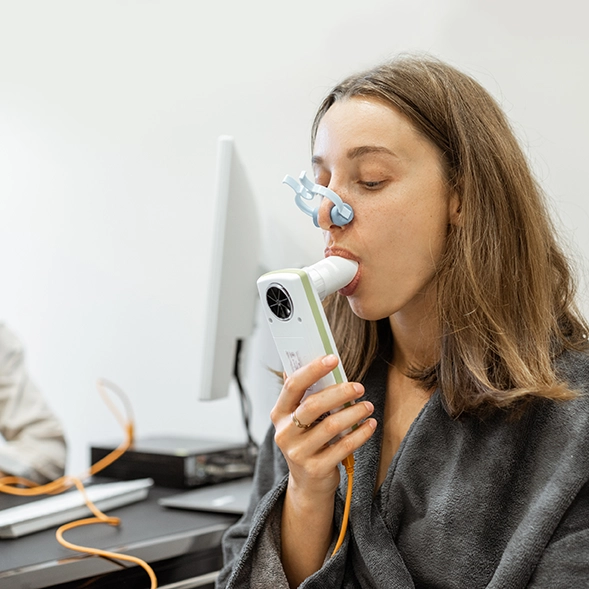
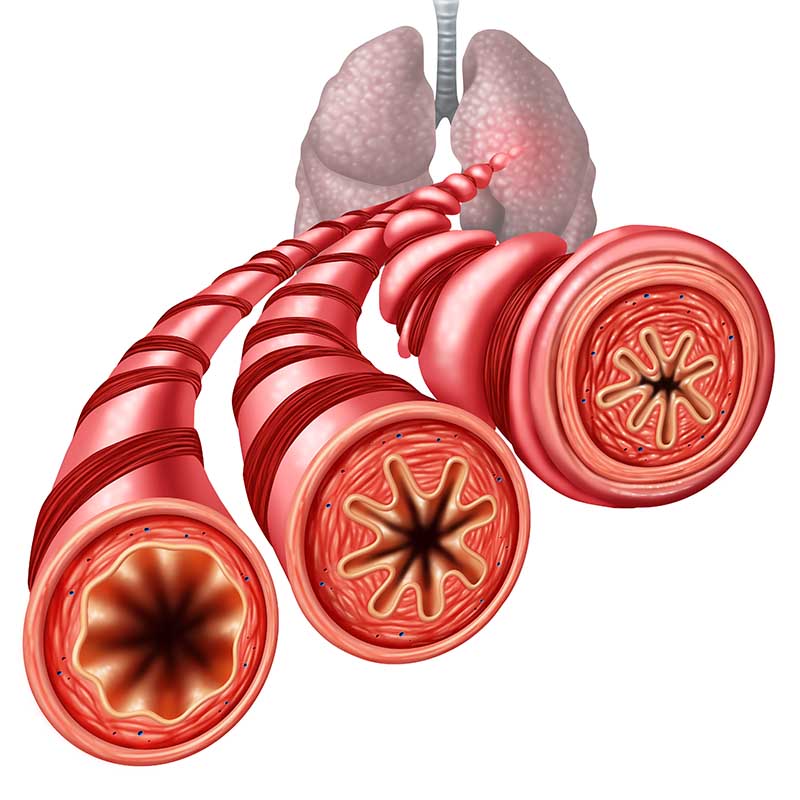

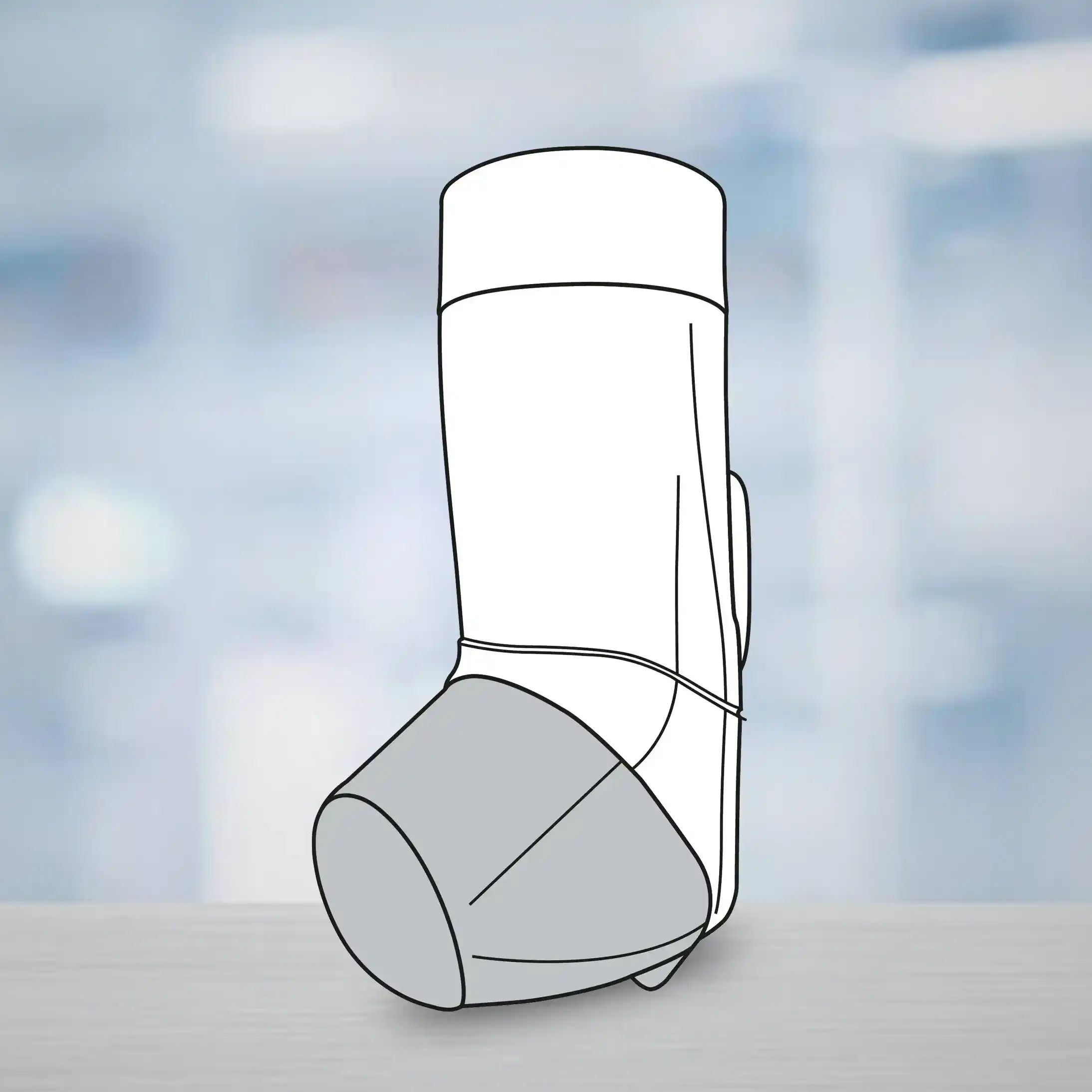


.webp?updated=20240527063817)